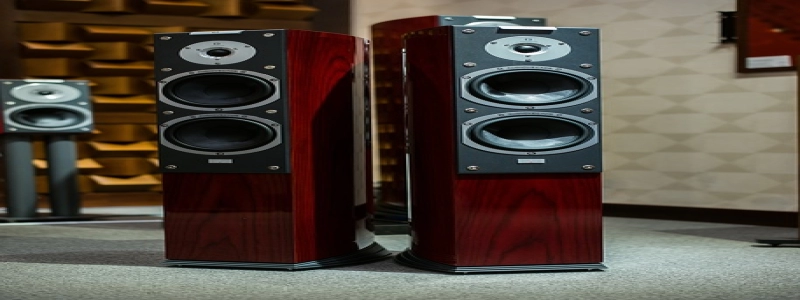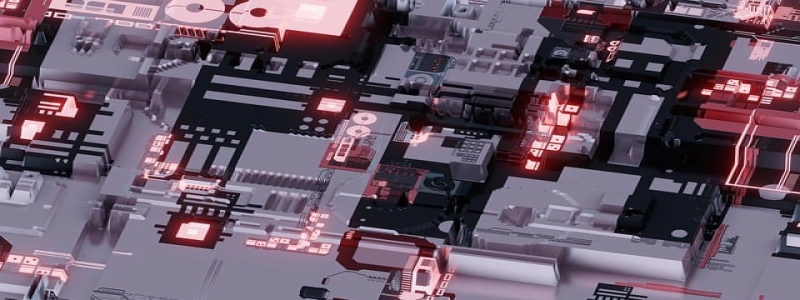Ethernet Connectors Types
Introduction:
Ethernet connectors are essential components in computer networking and telecommunications systems. They allow devices to connect to a local area network (LAN) or wide area network (WAN) and transmit data through an Ethernet connection. There are several types of Ethernet connectors available, each with its own unique characteristics and uses. In this article, we will explore the most common Ethernet connector types in detail.
I. RJ-45 Connector:
The RJ-45 connector, also known as the registered jack 45, is the most widely used Ethernet connector in the world. It is the standard connector for Ethernet cables, including CAT5, CAT5e, and CAT6. The RJ-45 connector has eight pins and is designed for twisted-pair Ethernet connections. It is capable of transmitting data at speeds up to 10 gigabits per second (Gbps). The RJ-45 connector is commonly used in home networks, office networks, and data centers.
II. BNC Connector:
The BNC (Bayonet Neill-Concelman) connector is primarily used in older Ethernet networks and video surveillance systems. It is a coaxial connector that provides a secure connection by using a bayonet-style coupling mechanism. The BNC connector is characterized by its simplicity, durability, and ability to carry high-frequency signals. However, it is limited in terms of data transfer speeds, making it less suitable for modern high-speed Ethernet networks.
III. Fiber Optic Connectors:
Fiber optic connectors are used in fiber optic Ethernet networks, which provide high-speed and long-distance data transmission. There are several types of fiber optic connectors, including the SC (Subscriber Connector), LC (Lucent Connector), and ST (Straight Tip) connectors. These connectors use optical fibers to transmit data through pulses of light, resulting in faster and more reliable data transmission compared to traditional copper-based Ethernet connections. Fiber optic connectors are commonly used in telecommunications, data centers, and high-speed internet connections.
IV. USB Ethernet Adapter:
Although not a traditional Ethernet connector, the USB Ethernet adapter plays a significant role in connecting devices without built-in Ethernet ports to an Ethernet network. This adapter allows users to connect their devices, such as laptops or tablets, to an Ethernet network using a USB port. It converts the USB connection to an Ethernet connection and supports various Ethernet speeds, including 10/100Mbps and Gigabit Ethernet. USB Ethernet adapters are widely used in scenarios where devices need to connect to an Ethernet network but lack an Ethernet port.
Conclusion:
Ethernet connectors come in various types to meet the diverse needs of different networking applications. The RJ-45 connector is the most commonly used Ethernet connector due to its compatibility with standard Ethernet cables. The BNC connector is mainly used in older networks, while fiber optic connectors are preferred for high-speed and long-distance data transmission. The USB Ethernet adapter provides a convenient solution for devices without built-in Ethernet ports. Understanding the different Ethernet connector types allows users to choose the most suitable connector for their networking needs.







